
Black Voices: Picture Books as Antiracist Resources
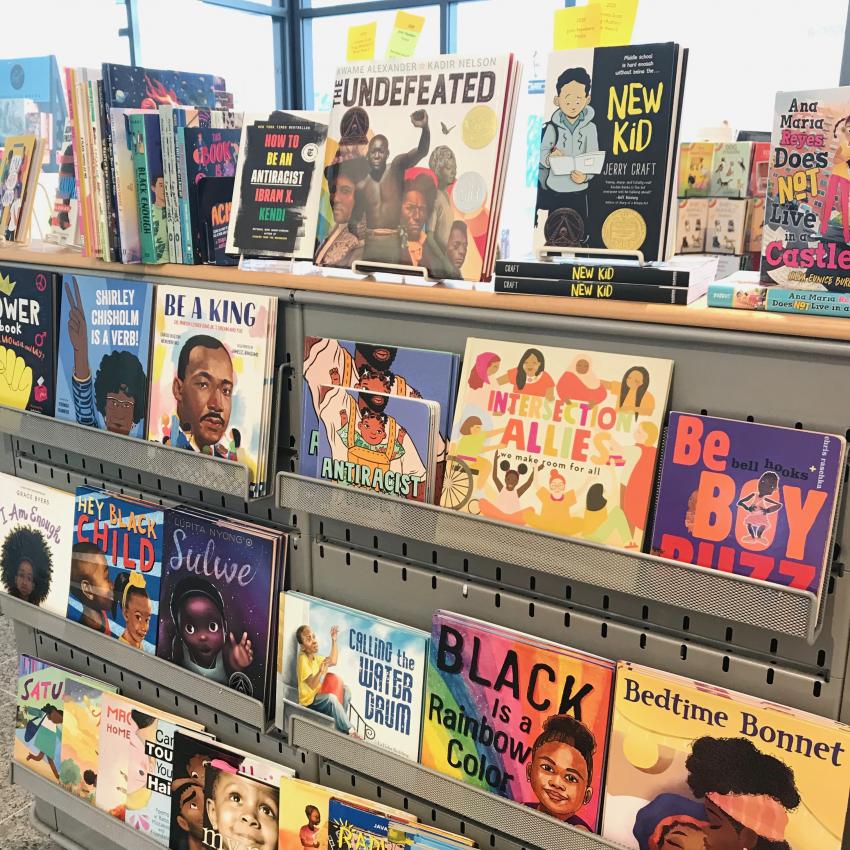
As an institution, The Carle is committed to listening and learning about racism and the legacy of white-dominated narratives. We continue to reflect on our own gaps in knowledge, to learn and adopt antiracist practices, and to think critically about the books we choose to highlight in our programs and spaces. As part of this work, The Carle Bookshop and Reading Library staff have been looking deeply and critically at our collections. Whose voices have been amplified or silenced on our shelves?
In the Reading Library, we conducted a two-year diversity audit of our collection to help identify gaps in our collection. Among other things, the audit revealed our need to include more titles that address race and racism, and to offer more representations of People of Color by Black, Indigenous, and People of Color (BIPOC) creators. In the Bookstore, we’re committed to the ongoing work of constantly reevaluating the books we offer for sale. We are working to identify books and voices that are absent, and to fill those gaps. As staff of The Carle, we are often asked for recommendations and resources, and so we are working on educating ourselves, and using our roles as book buyers and booksellers to elevate the visibility of BIPOC creators.
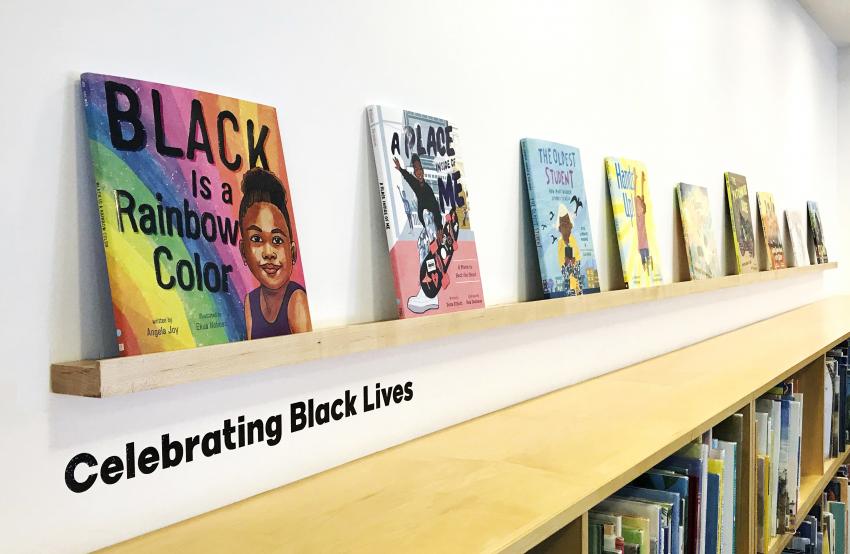
Talking Race & Racism
It’s never too early to start talking about race with children. Research shows that children not only recognize race from a young age, but also develop racial biases by ages three to five. If you’re looking for tools to begin honest discussions about race and racism, check out titles like Don’t Touch My Hair, The Day You Begin, and The Undefeated.
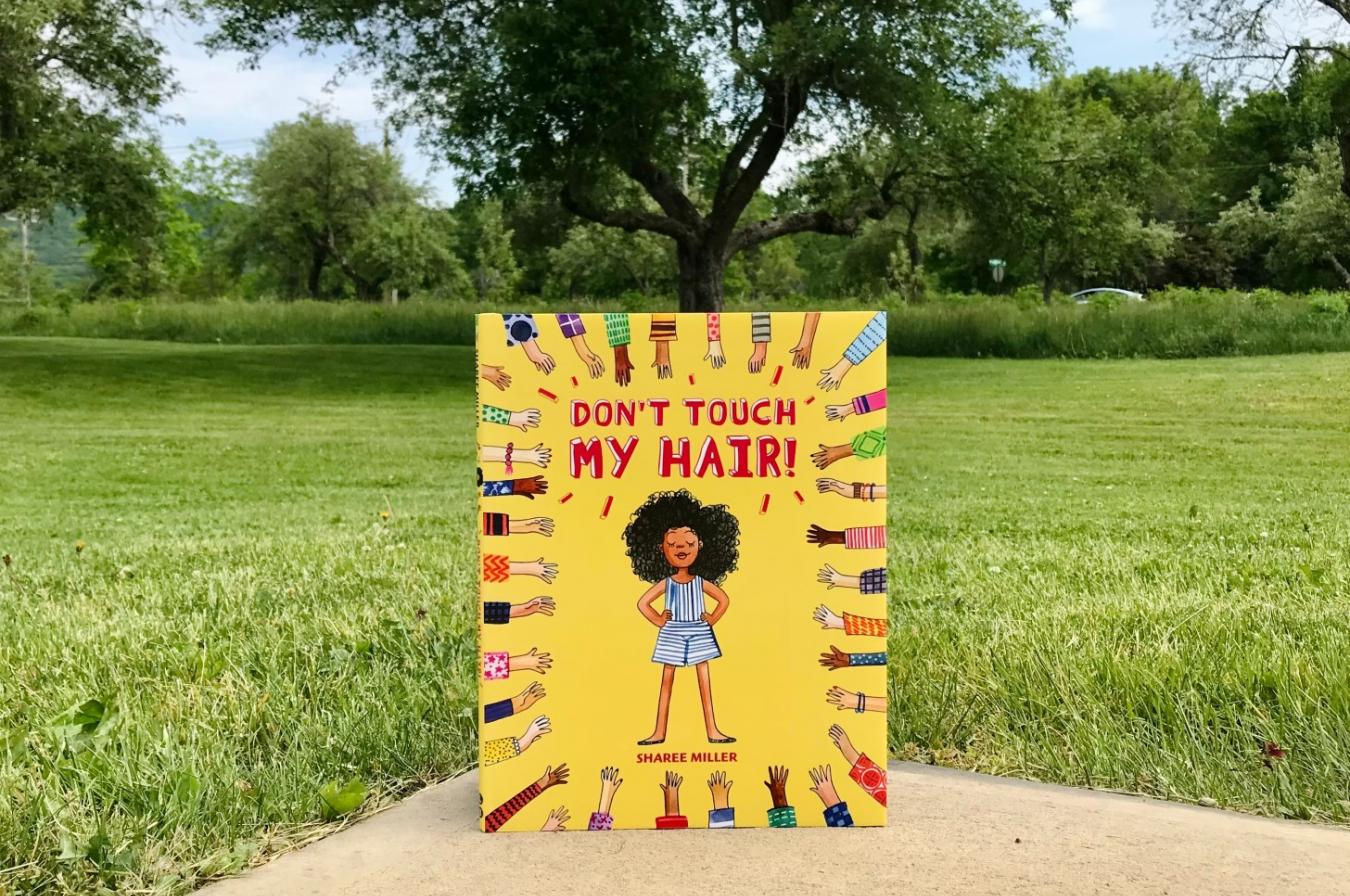
Don't Touch My Hair
Aria is very proud of her hair but fed up with people constantly touching it without her permission. With humorous and expressive illustrations and text, Sharee Miller gently but firmly explains the importance of respecting others’ boundaries, while encouraging children of color to feel more comfortable setting and enforcing those boundaries for themselves.
Celebrating Black Lives
How characters are represented in books matters as much as who is represented. Books about struggle and resilience are important, but so, too, are books that star Black children in everyday situations, celebrating joy, love, and imagination. If you’re just beginning to introduce books that include people who don’t look like your family, consider A Girl Like Me, All Because You Matter, and Magnificent Homespun Brown. All are titles that help build curiosity for all of our differences and a foundation of respect.
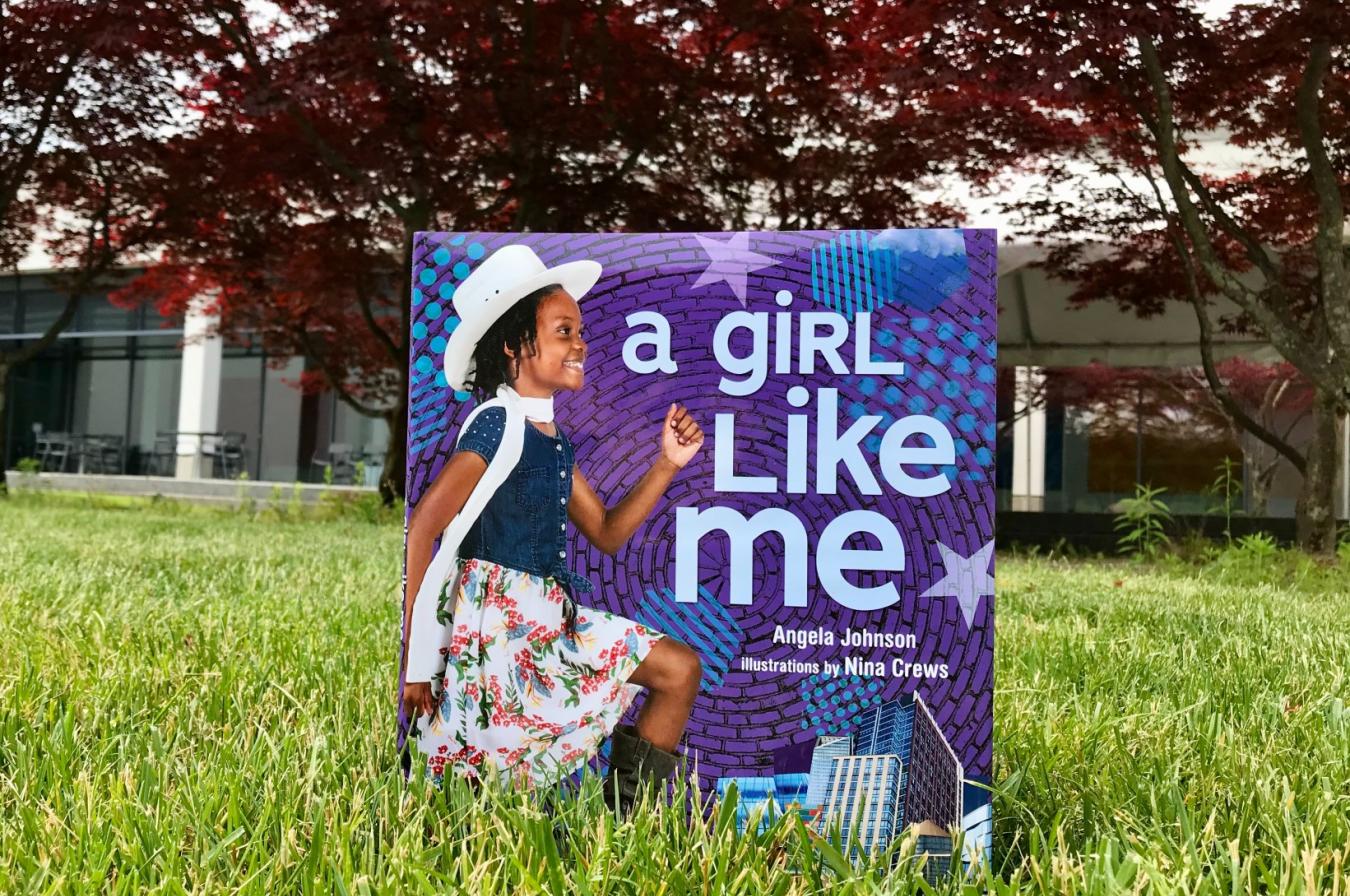
A Girl Like Me
Angela Johnson’s poetic and upbeat text and Nina Crews’ collaged photographs celebrate young Black girls embracing their dreams and being unapologetically themselves. This exuberant and uplifting book encourages young readers to use their imaginations and break past limitations.
A Girl Like Me (Millbrook Press). Text © 2020 Angela Johnson and illustrations © 2020 Nina Crews.
Standing Together
Research by Diverse BookFinder shows that exposure to “cross-group” stories —narratives that portray relationships between characters across varying races or cultures—can reduce the intergroup anxiety that often leads to prejudice. For books that encourage solidarity and inspire readers to stand together in the movement for social justice and equity, check out titles like We March, Antiracist Baby, and Last Stop on Market Street.
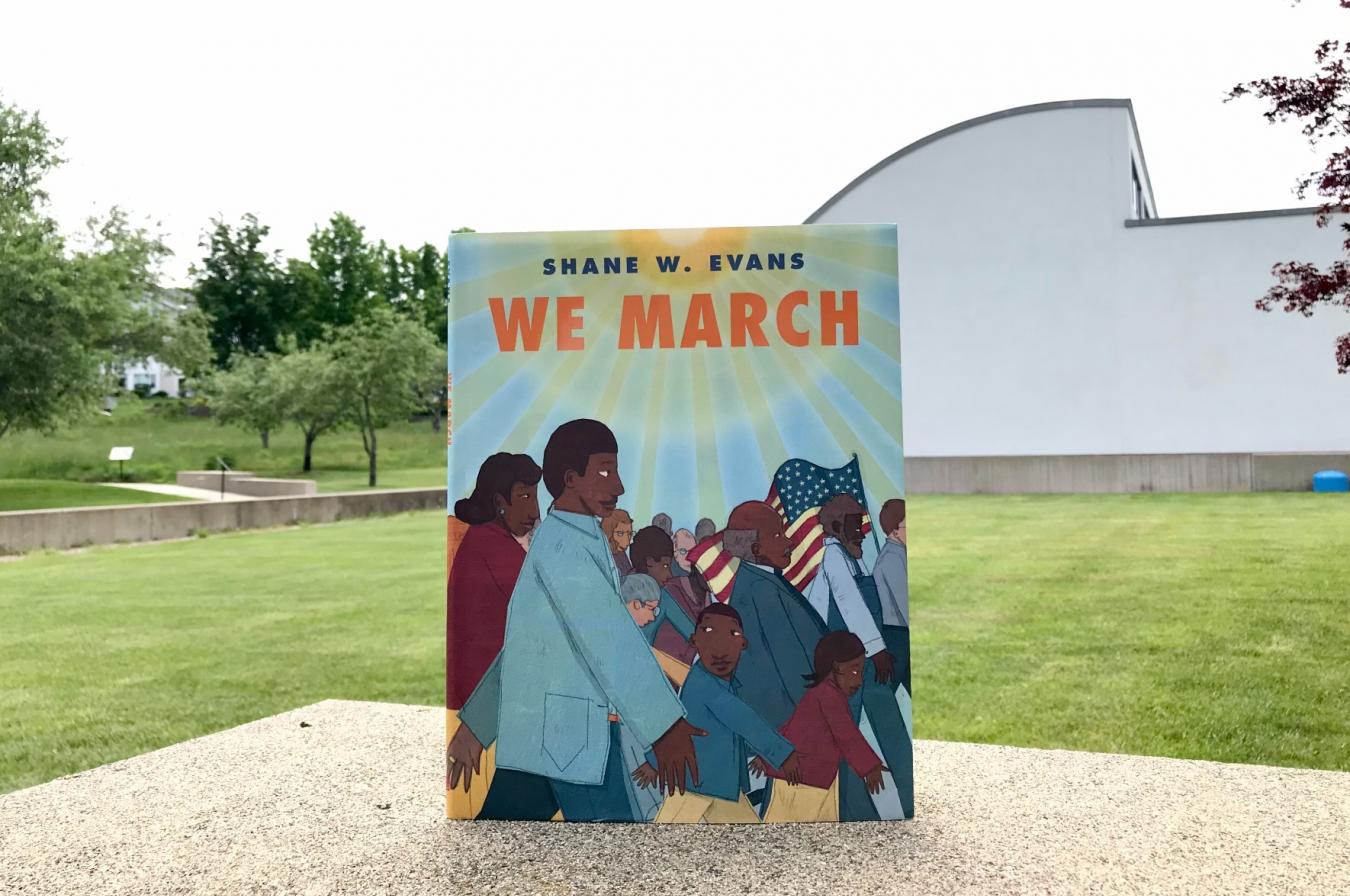
We March
With minimalist text and powerful, evocative illustrations, Shane Evans follows a family of four at the historic 1963 March on Washington. This important book about the African American Civil Rights movement beautifully conveys the empowering experience of average individuals coming together as a community in peaceful protest.
As valuable as reading and sharing picture books can be for antiracist learning, this is only a starting point here at The Carle. As we grow as a museum, the work of filling gaps in our collection, celebrating across cultures, and encouraging social equity will continue. May we all learn and grow together.


